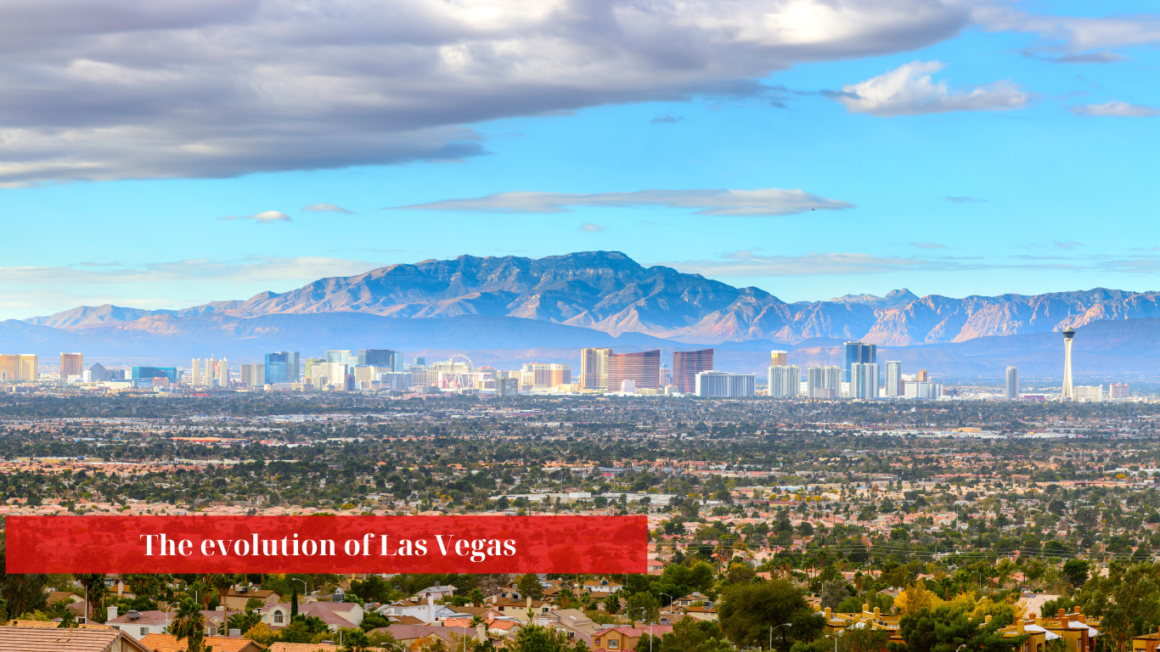Las Vegas, the city that never sleeps, is a beacon of entertainment and luxury in the heart of the Nevada desert. But how did this city, known for it’s casinos, nightlife, and extravagant resorts, come to be? The story of how Las Vegas started is a tale of ambition, ingenuity, and a little bit of luck.
The Foundation of Las Vegas
The history of Las Vegas dates back to 1905, when it was founded as a railroad town. The Los Angeles and Salt Lake Railroad had purchased a large tract of land in the area, recognizing the artesian springs of Las Vegas as a reliable water source along the route. An auction of the landholdings near the new railroad depot led to the sale of nearly every available lot, marking the birth of the city.
Las Vegas was officially incorporated as a city in 1911, with a population of about 1,000. The city experienced slow growth initially, with the exception of a legally sanctioned zone of gambling and prostitution. Despite gambling being outlawed in 1910, casinos continued to operate covertly until it was legalized again in 1931.
The Growth of Las Vegas
The construction of the Hoover Dam in 1931 marked a significant turning point in the city’s history. The dam brought water and electric power to Las Vegas, attracting a massive influx of workers to the city. These workers created a large-scale market for entertainment, laying the foundation for the city’s future as an entertainment hub.
The first resort on The Strip, El Rancho Vegas, opened its doors in 1941, setting the stage for the city’s transformation. The infamous mobster Bugsy Siegel operated the Northern Club, and later took over the Flamingo, which opened in 1946. The city even attracted the day’s biggest performers like Frank Sinatra and Elvis Presley, cementing its reputation as a hub of entertainment and luxury.
The Birth of Sin City
The nickname “Sin City” emerged as a result of the city’s tolerance for various forms of adult entertainment. The city’s casinos, combined with its reputation for quick marriages and divorces, contributed to this image. The city’s reputation was further enhanced by the presence of organized crime figures who operated some of the city’s earliest casinos.
The Mob and Las Vegas
The mob played a significant role in the development of Las Vegas. Infamous mobsters like Bugsy Siegel saw the potential of the city as a lucrative gambling hub. The mob’s influence extended to the operation of casinos, with many of the city’s most iconic establishments having ties to organized crime. However, the mob’s control over Las Vegas began to wane in the 1960s, as state and federal authorities cracked down on organized crime.
Las Vegas: The Sports City
In recent years, Las Vegas has undergone another transformation, emerging as a major sports city. The city is now home to the Las Vegas Raiders of the NFL and the Vegas Golden Knights of the NHL. The city also regularly hosts major boxing and UFC events, as well as NASCAR races. The Oakland A’s MLB is also in the works to making Las Vegas home. This shift towards sports has further diversified the city’s entertainment offerings, ensuring that Las Vegas remains a premier destination for visitors from around the world.
From its origins as a small railroad town to its rise as the “Sin City” and its recent emergence as a sports hub, the story of Las Vegas is a testament to the city’s ability to reinvent itself in the face of changing times.

Leave a Reply